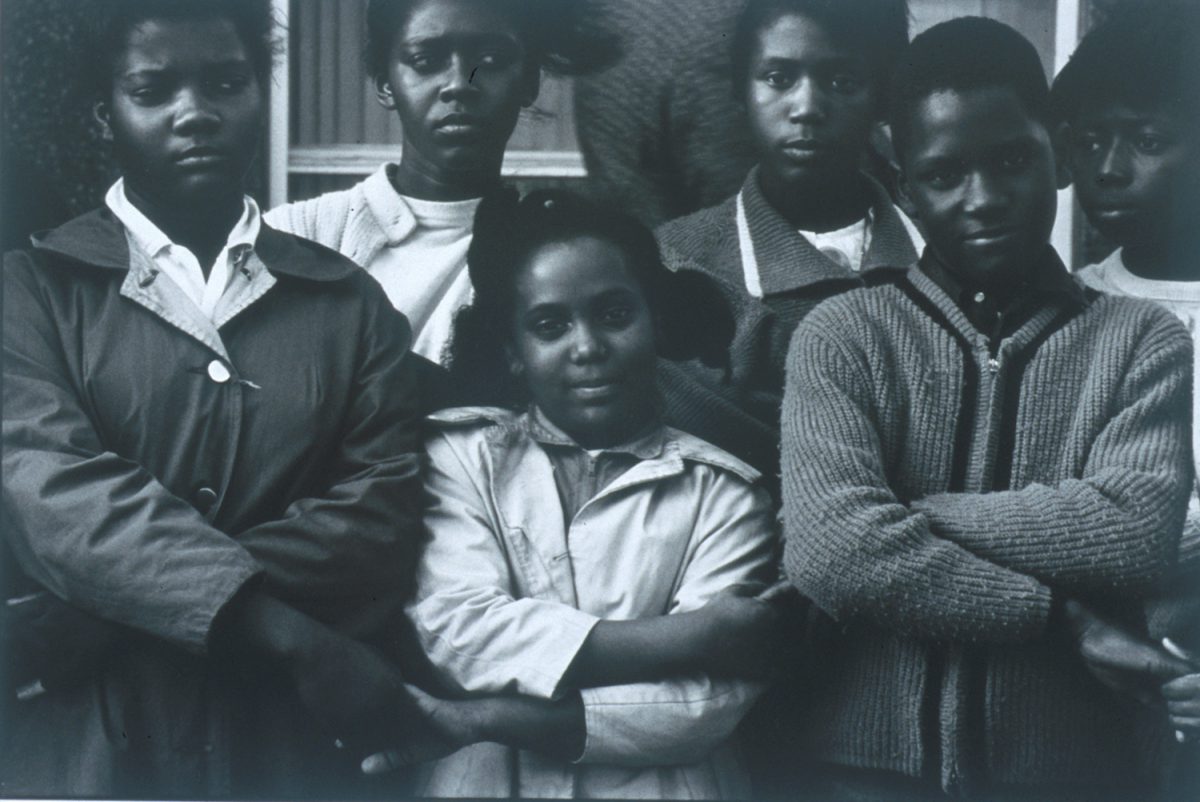Art & Justice for George Floyd, Breonna Taylor, & Ahmaud Arbery

The young girl gazes directly into the camera: serene, open, determined. Her arms cross in front of her; her hands reach for those of the other children beside her. Together, they form a chain that cannot be broken.
She is 11-year-old Quintella Harrell, as the photo’s caption notes, and she’s participating in the campaign for voting rights for Black people in Selma, Alabama, that took place in the early months of 1965. The photo was taken by Dan Budnik, who uses documentary photography as a tool for activism and to bear witness to the battle for equality. A few weeks before this photo was taken, a 26-year-old church deacon from Marion named Jimmie Lee Jackson was shot by a state trooper as he tried to shield his mother from the trooper’s nightstick, dying eight days later. Days after this photo was taken, the historic march from Selma to Montgomery, led by civil rights leaders such as Martin Luther King, Jr. and John Lewis, would begin. The images of state troopers attacking the activists during what came to be called “Bloody Sunday” galvanized public opinion, eventually leading to the march’s safe completion on March 21—and to the passing of the Voting Rights Act.
This moment of a young girl’s perseverance is captured forever in this black-and-white photo, but it’s far from the distant past. Today, Dr. Quintella Harrell is 65 years old. How much has changed?
SAM expresses deep compassion for those seeking justice for George Floyd, Breonna Taylor, and Ahmaud Arbery. We share in the grief, anger, and frustration that their friends, families, and Black communities are feeling, which has spread across the country and the world. SAM is committed to doing our part in the necessary work of creating racial equity. Art can play a critical role in creating structural change and equity; it deepens empathy, asks tough questions, and offers new visions for collective responses to our world. We must create that new world together.